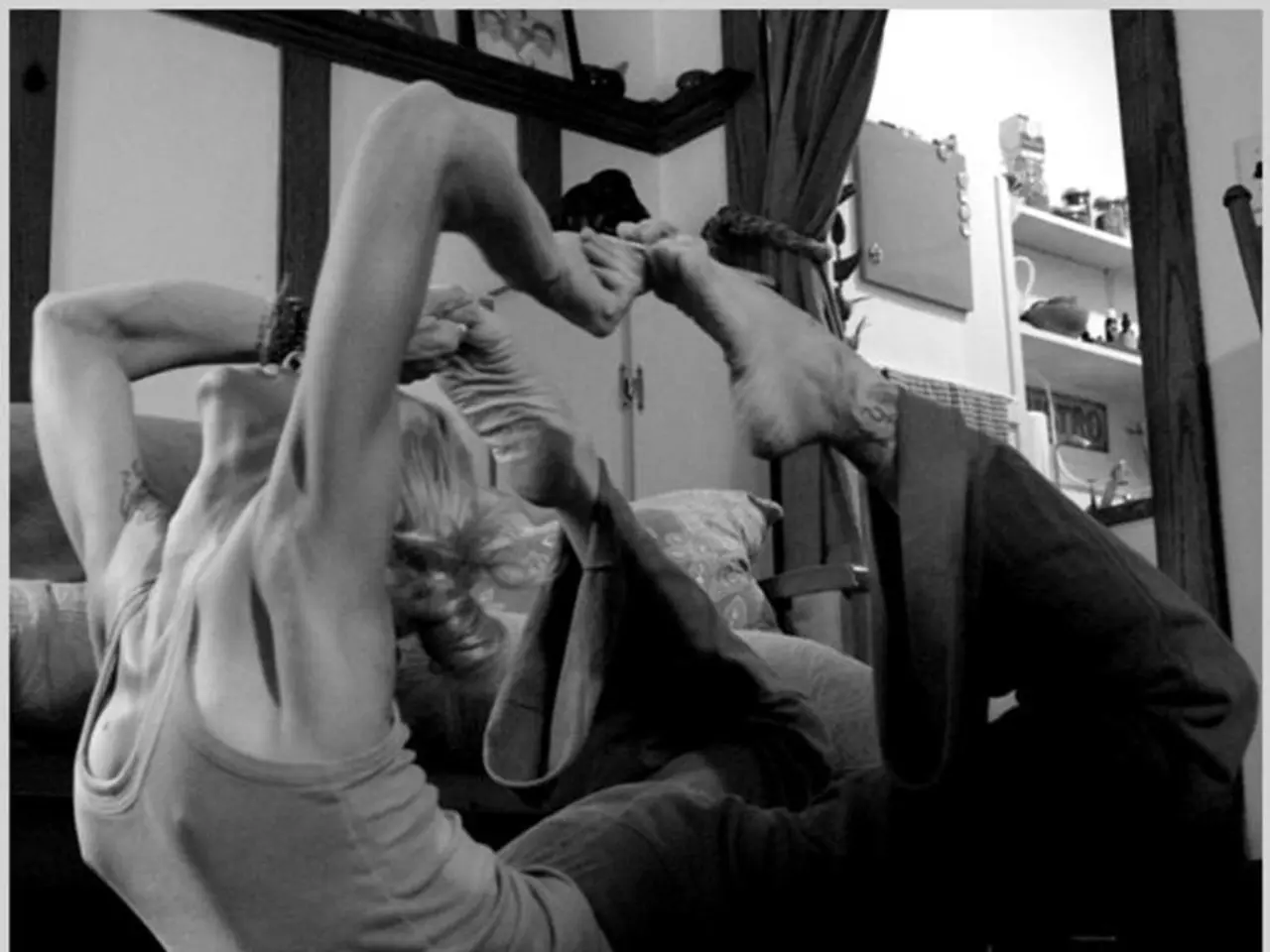Behavioral Link: Repetitive Actions and Attention Deficit Hyperactivity Disorder
For many people with Attention-Deficit/Hyperactivity Disorder (ADHD), managing BFRBs such as skin picking, nail biting, or hair pulling can be a challenging aspect of their lives. These repetitive behaviors often serve as a coping mechanism or form of self-soothing triggered by stress, boredom, or emotional dysregulation, which are frequent challenges in ADHD.
Understanding the Complex Nature
BFRBs are impulsive and repetitive actions that cause physical harm and are often performed automatically or without full awareness. In people with ADHD, difficulties with attention regulation and impulsivity may increase the likelihood of engaging in these behaviors.
Though BFRBs overlap with other disorders like OCD and body dysmorphic disorder, their occurrence in ADHD is linked more to impulsivity and emotional regulation difficulties rather than compulsive or anxiety-driven mechanisms.
Effective Treatment Approaches
Effective treatment usually involves behavioral therapies, such as Habit Reversal Training and Comprehensive Behavioral Treatment, which can address the impulsive components of BFRBs in ADHD. Cognitive-Behavioral Therapy (CBT) and Dialectical Behavior Therapy (DBT) are also widely recognized therapeutic approaches for BFRBs and ADHD, delving into identifying and modifying negative thought patterns and behaviors.
Incorporating mindfulness and relaxation techniques, such as meditation, deep breathing exercises, or yoga, can be instrumental in managing both conditions. Engaging in activities that redirect restless energy, such as stress balls or fidget toys, provides a healthier outlet for individuals with ADHD.
Building a Support Network
Building a robust support network, including friends, family, or mental health professionals, is fundamental for individuals managing BFRBs and ADHD. Encouraging self-monitoring through journaling allows individuals to track BFRB patterns, emotional states, and ADHD-related challenges, promoting a proactive and adaptive approach.
Tailoring ADHD Management Strategies
In cases where ADHD symptoms significantly impact daily functioning, medication may be considered. Commonly prescribed stimulant medications like methylphenidate or amphetamines are used to enhance focus and attention. Tailoring ADHD management strategies, which may include medication, behavioral therapy, or educational support, ensures a comprehensive approach that addresses the core symptoms while considering the impact on BFRBs.
A comprehensive evaluation by a healthcare professional guides the selection of medications to address both BFRBs and ADHD when they coexist. Seeking professional help becomes a pivotal step toward effective management, with the development of personalized treatment plans and collaborative decision-making with healthcare providers.
References
- Abramowitz, J. S., & Taylor, S. L. (2011). Body-focused repetitive behaviors: A review of the literature. Journal of Clinical Psychology, 67(5), 455-470.
- American Psychiatric Association. (2013). Diagnostic and statistical manual of mental disorders (5th ed.). Washington, DC: Author.
- Neziroglu, F., & Yaryura-Tobias, J. A. (2000). Habit reversal training for body-focused repetitive behaviors. Behavior Therapy, 31(4), 625-644.
- Woods, D. W., & Neziroglu, F. (2006). Comprehensive behavioral treatment for body-focused repetitive behaviors. Behavior Modification, 30(2), 143-164.
- Woods, D. W., & Neziroglu, F. (2010). Body-focused repetitive behaviors: A comprehensive review of the literature. Clinical Psychology Review, 30(6), 716-729.
- Focusing on the complex nature of BFRBs in individuals with ADHD can reveal the mechanisms that trigger repetitive behaviors such as skin picking, hair pulling, or nail biting.
- Emotional dysregulation and mental health are crucial aspects to consider when addressing BFRBs and ADHD, as individuals often resort to these behaviors as coping mechanisms or self-soothing methods.
- Science and research have highlighted the importance of behavioral therapies like Habit Reversal Training and Comprehensive Behavioral Treatment, which target the impulsive aspects of BFRBs in ADHD clients.
- Cognitive-Behavioral Therapy (CBT) and Dialectical Behavior Therapy (DBT) are instrumental in identifying and altering negative thought patterns and behaviors that perpetuate BFRBs in ADHD.
- Mindfulness and relaxation techniques such as meditation, deep breathing exercises, or yoga, can play a significant role in managing both BFRBs and ADHD.
- Engaging in physical activities that redirect restless energy, like sports, fitness exercises, or using stress balls or fidget toys, offers healthier outlets for individuals struggling with BFRBs and ADHD.
- Building a support network of friends, family, and mental health professionals is vital for individuals managing BFRBs and ADHD, providing emotional and practical assistance.
- Self-monitoring through journaling enables individuals with BFRBs and ADHD to track patterns, emotional states, and ADHD-related challenges, fostering a proactive and adaptive approach.
- In instances where ADHD symptoms adversely affect daily functioning, medication may be prescribed to enhance focus and attention.
- Medication options for managing ADHD-related symptoms and BFRBs typically include stimulant medications like methylphenidate or amphetamines.
- Tailoring ADHD management strategies, which may consist of medication, behavioral therapy, or educational support, ensures a comprehensive approach that addresses core symptoms while taking BFRBs into account.
- A thorough evaluation by a healthcare professional is essential for guiding the selection of medications to treat both BFRBs and ADHD when they exist concurrently.
- Seeking professional help is a crucial step toward effective management, leading to the development of personalized treatment plans and collaborative decision-making with healthcare providers.
- In addition to traditional treatments, alternative therapies like CBD, skin care, and neurological therapies may offer additional benefits for managing BFRBs and improving overall health-and-wellness, depending on individual needs and circumstances.




